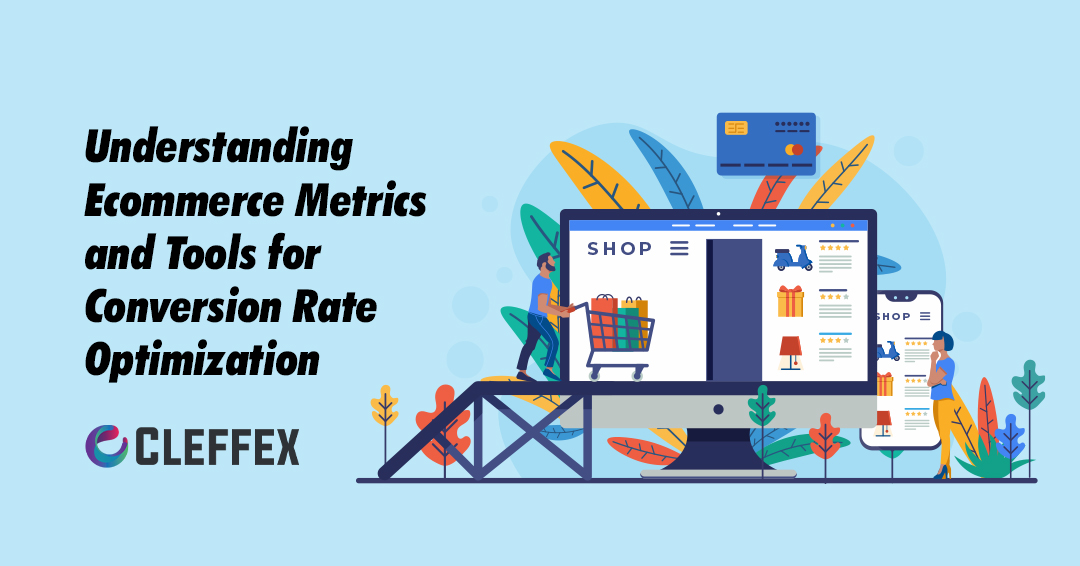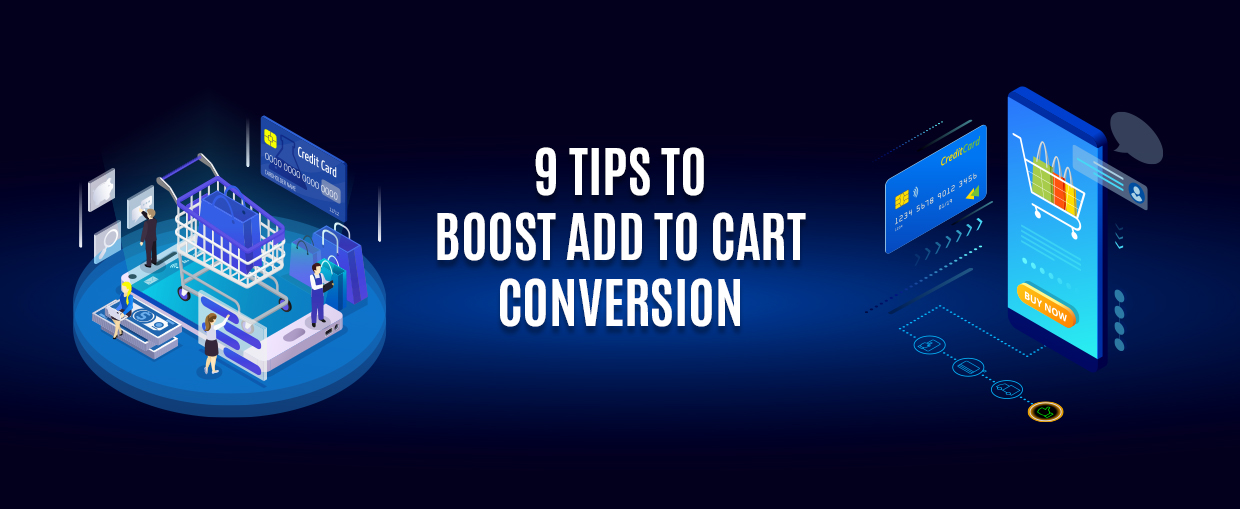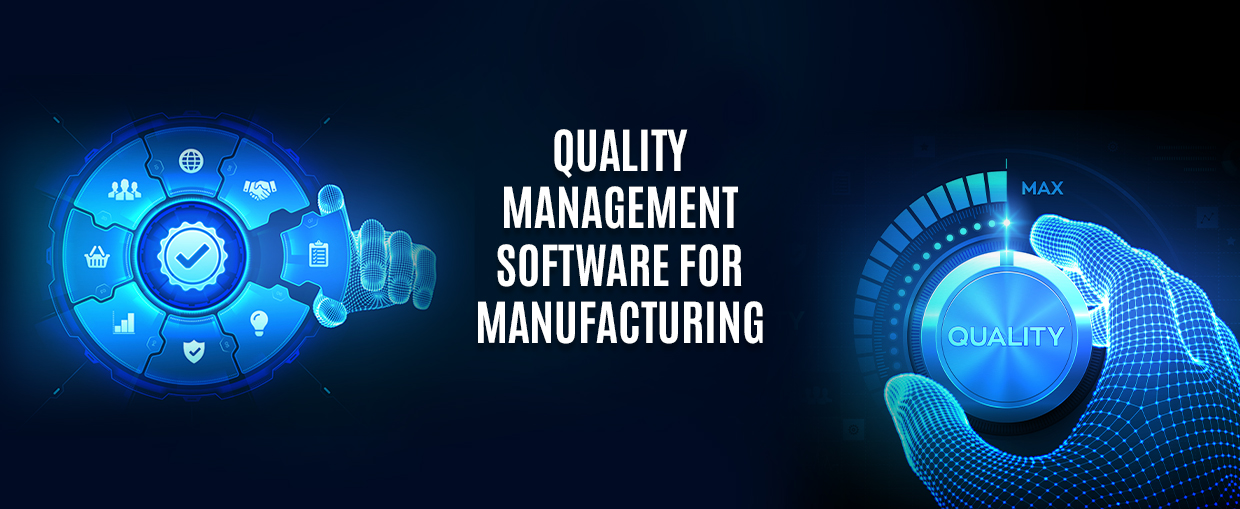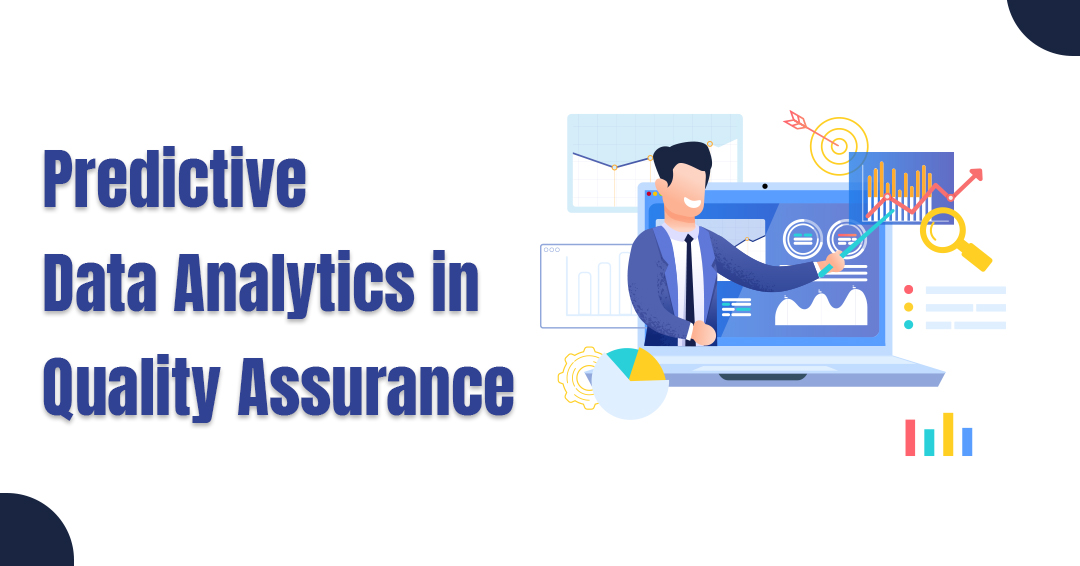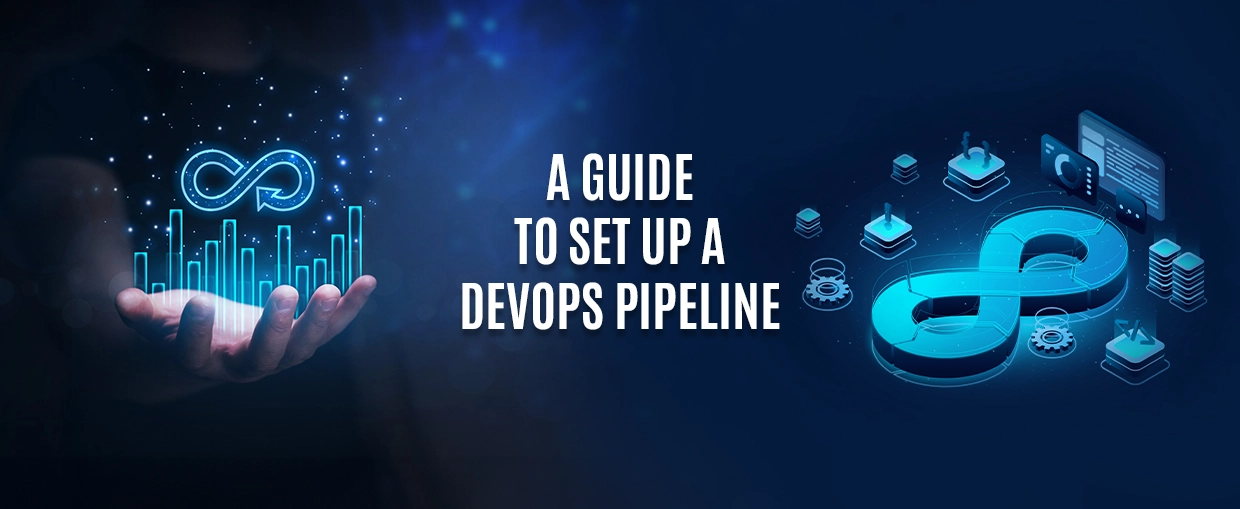It is common and not surprising to find that despite spending a lot of time attracting visitors to your website, they are not converting into customers. What is surprising is that over 66% of businesses do not have a well-defined plan for optimizing their conversion rates.
Although it may seem like there isn’t enough time to focus on optimizing conversion rates, even small improvements can have a significant impact on revenue. Therefore, it would make sense for more ecommerce businesses to prioritize this aspect.
The time spent on optimizing conversion rates may vary depending on the resources available. This blog will give you a basic idea of what conversion rates are, important ecommerce metrics, and the tools that will help you in the conversion rate optimization process!
Conversion Rate
Conversion rate refers to the proportion of website visitors who have taken a desired action (conversion) out of the total number of visitors to the website.
These are the different types of ecommerce conversions: Purchases, adding products to the shopping cart, email captures, and submitting contact forms.
Conversion Rate: How is it Calculated?
To calculate the conversion rate, you divide the total number of conversions by the total number of website visitors. For instance, if you had 200 visitors and 20 of them made a purchase, your conversion rate would be 0.1 or 10%.
Conversion Rate Optimization: Ecommerce Metrics That Needs to be Considered
In case you have observed a decline in the conversion of your website, examining the underlying metrics can offer more insight and context.
- Bounce Rate
The bounce rate is defined as the percentage of users who leave a webpage without taking any further action after they have landed on it.
A high bounce rate can indicate several issues, including not meeting the user’s search intent, requiring improvement in copywriting, and providing a poor user experience on the webpage.
- Average session duration
A low average session duration implies that your website is failing to keep users engaged with your content. Alternatively, it could signify that your audience is quickly consuming your informational content.
To enhance user engagement, consider implementing the following strategies.
- Value
If you are driving a significant amount of traffic to your website without offering any value, users are more likely to exit and search for relevant information elsewhere. It is crucial to assess the quality of your content by asking yourself the following questions: Does your content provide any valuable information to users? Does it offer more insights than your competitors? Is your content original and thought-provoking?
- Internal Links
When a user lands on a page of your website, they may benefit from related content that is linked to that page, which can help them understand the topic better. Additionally, including call-to-actions (CTAs) can encourage users to navigate through your website and explore more content.
- Visuals
In order to enhance your content, it is advisable to use high-quality images and videos. If you have a unique product, a brief video demonstration can be an effective way to keep users engaged.
- Abandoned cart rate
It’s quite common for users who added a product to their shopping cart to not return to complete the purchase. This can be a frustrating issue to deal with, as there can be multiple reasons behind it.
It is a key metric in e-commerce that reflects how many potential sales were lost during the checkout process.
What is the Right Ecommerce Conversion Rate?
The conversion rates in e-commerce differ based on the industry you are in. It’s crucial to have an understanding of your niche, so you can compare your metrics with others. On average, online stores have an e-commerce conversion rate ranging between 2.5 to 3%.
Why Does Optimizing ecommerce conversion rate matter?
After putting in effort to drive traffic to your online store, it would be unfortunate if visitors didn’t convert due to an ineffective web design. Enhancing conversion rate optimization can greatly impact your sales and sometimes minor adjustments can have a major impact. Even a slight improvement in conversion rate can make a substantial difference. For example, increasing your ecommerce conversion rate from 0.5% to 1% would double your sales.
5 Tools for Improving Ecommerce Conversion Rate
Various tools are available to aid in your decision-making for conversion optimization, and they seamlessly integrate with your current CMS and software tools. Here are 5 of them!
1. Hotjar
Hotjar is a tool that can be integrated into your website to help you analyze user behavior. With its features like heat maps, recorded sessions, and conversion funnels, you can assess whether users are following your intended buying process or if any changes are needed.
2. Crazyegg
Another tool for analyzing user behavior and testing is Crazyegg. It helps track the buyer’s journey and identify any weaknesses in your conversion funnel.
3. Google Analytics
Google Analytics is a widely used tool that helps monitor website performance. It provides a comprehensive view of website traffic, behavior, and acquisition sources, which helps identify the areas of the website that are performing well and those that need improvement.
4. A/B testing tools
You can experiment with small changes in your pricing strategy or website design to potentially improve your conversion rates, such as using odd numbers instead of even ones for pricing or changing the color of call-to-action buttons. Google Optimize is a free and user-friendly tool that allows you to make these changes on your website in real-time by adding its tracking code to your backend.
5. CMS plugins and apps
Plugins and apps offer limitless opportunities to improve your ecommerce store, including features like one-click upsells and abandoned cart software. Shopify and WordPress provide a marketplace for merchants to access tools that can boost sales by increasing conversion rates, average order value, and the number of products per transaction.
Conclusion
Measuring the conversion rate remains a crucial metric for determining the success of business initiatives. Essentially, the conversion rate provides the percentage of individuals who not only visit a company’s website or landing page, but also take action that generates revenue. In other words, it measures the actual number of people who convert into paying customers.
If you are looking for an efficient digital marketing company with excellent ecommerce development services to partner with, reach out to Cleffex! We are here to help you!

